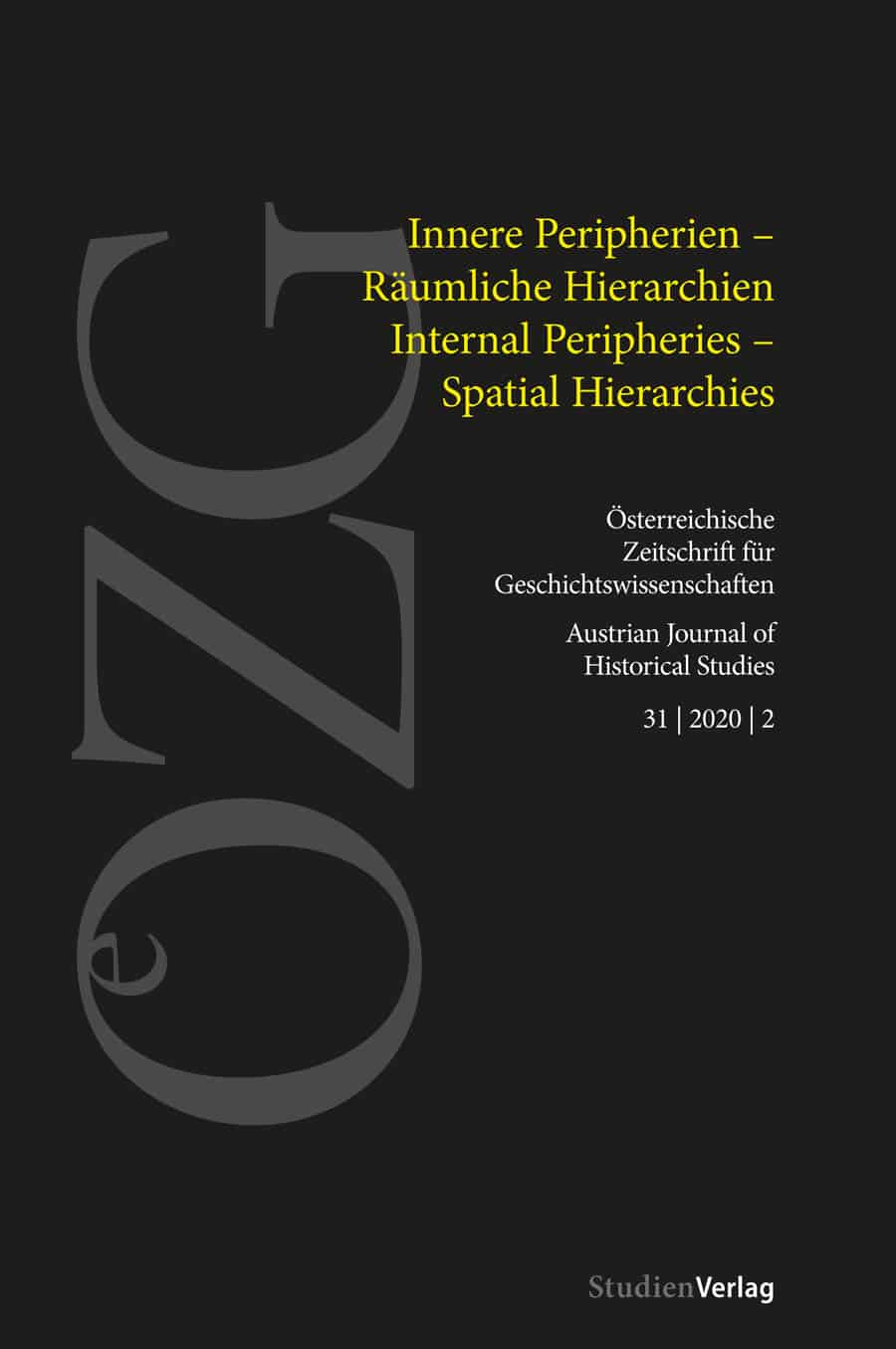Imperial Habsburg's Multiple Spatial Scales
Core – Periphery Relations in the 19th and Early 20th Centuries
DOI:
https://doi.org/10.25365/oezg-2020-31-2-5Keywords:
Habsburg Monarchy, Austrian Lands, Bohemian Lands, Hungary, Lombardy, inequality, core – periphery, core-formation – peripheralisation, internal periphery, backwardness, catching-up, regional development, Austro-Hungarian compromiseAbstract
This contribution analyses processes of core formation and peripheralisation in the Habsburg Monarchy, focusing on political, economic and cultural factors and their interplay in various provinces of the Empire. It also discusses strategies of overcoming regional imbalances: on the one hand considering fiscal redistribution and regional autonomy within the Empire, and on the other the strife for secession and national independence. New state building was only an option for provinces with a majority of non-German or non-Magyar inhabitants (e.g. Poles, Italians, Serbs, Czechs), whereas peripheral regions within the cores lacked this possibility. In the post-Habsburg successor states existing imbalances and dependencies underwent reconfiguration according to the new international framework. Peripherality can thus be considered as a relation that takes different forms, according to scale, size and unit of analysis.
Downloads
Published
How to Cite
Issue
Section
License
Copyright (c) 2020 Austrian Journal of Historical Studies

This work is licensed under a Creative Commons Attribution 4.0 International License.


